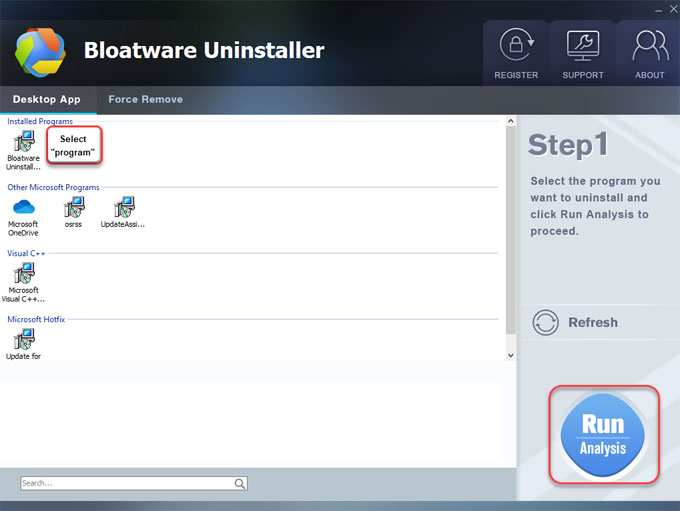

Noteledge for windows how to#
It also doubles up as a post-lecture review or pre-examination revision tool for university students when a higher level of detail is called for to supplement flashcards and class notes.įor a detailed guide on how to take better notes with the Cornell Note Method, check out our very own built-in Cornell Notes templates. Summaries: This column is used to summarize the note-taking and the cue column into one or two sentences of key concepts.īecause this method is very word-dense, the Cornell Note method provides an excellent level of detail, making it an effective strategy for open-book examinations and boosting the review mechanism.Usually, you can use 30% of left margin on the paper for the cue column.

The section is used to extract the keywords or relevant study questions after reviewing the note-taking column.

It is one of the most common note-taking methods taught in schools and is one of the science-backed study techniques that actually work. Cornell Note-Taking System is coined by Professor Walter Pauk of Cornell University in the 1950s.


 0 kommentar(er)
0 kommentar(er)
